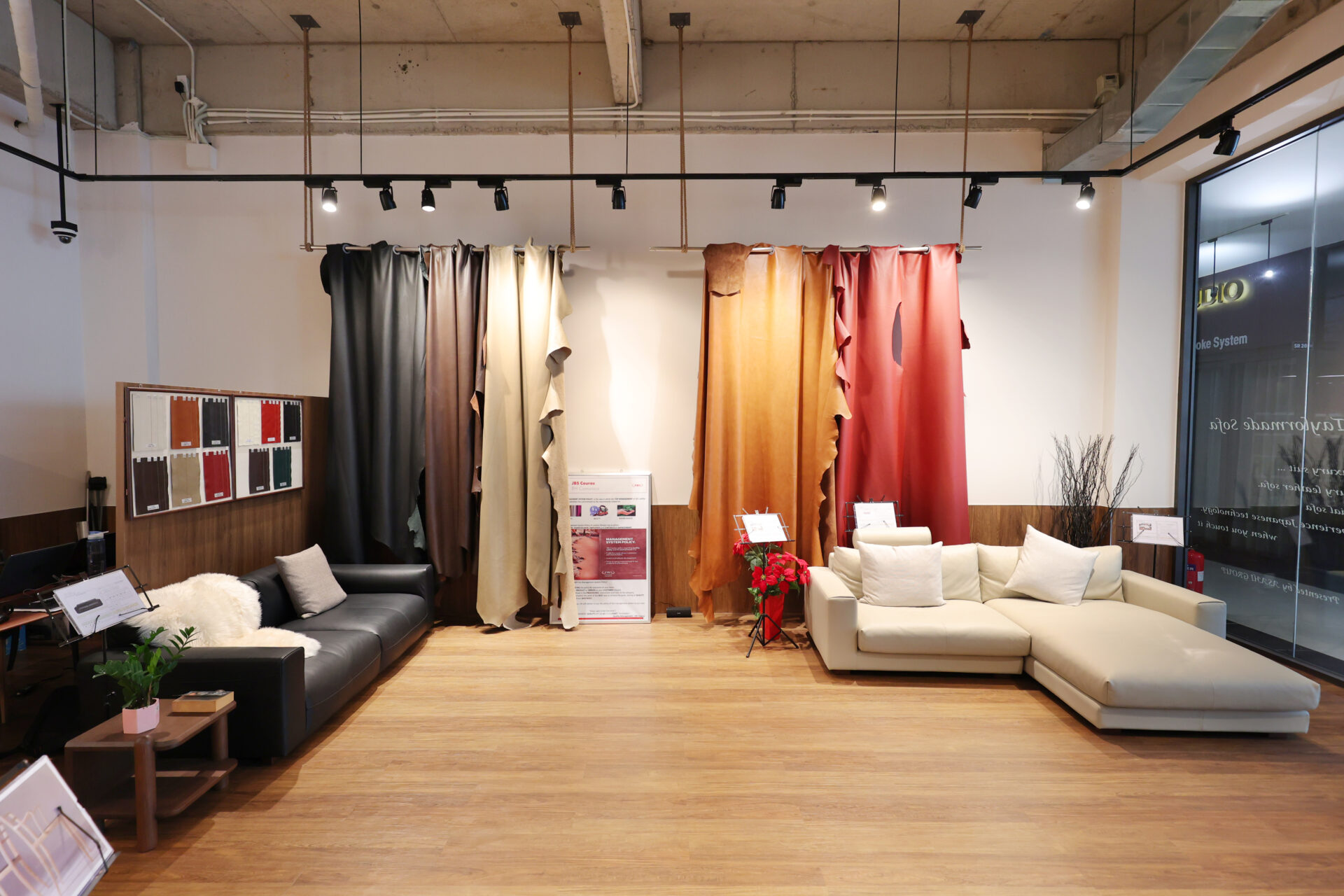WRITE DOWN 3 TIPS TO DISTINGUISH REAL & FAUX LEATHER
2023.06.02
Write 3 tips to help you to distinguish real & faux leather, almost like an expert.
For thousands of years, animal skins have been widely used in human life, mainly in fashion and the interior. Which cowhide is preferred over other types of leather because of its popularity, softness, elegance, and luxury. Genuine cowhide is a term for leather that has undergone a high-quality tanning process derived from cowhide. Currently on the market are selling many types of “cowhide” but not really, so how to distinguish natural cowhide among hundreds of other mixed products? ASAHI Furniture will provide you with the most in-depth information to distinguish genuine cowhide; please find out by the end.
- Use the 3 senses.
Absolutely. You can completely use the 3 senses of the body: touch, smell, and sight to distinguish genuine cowhide.
Method 1: Use touch. First, use your fingertips to touch the surface of the leather. At this point, there will be 2 situations: You feel warm even when it’s cold, and the surface of the skin has a natural smoothness and softness, that is genuine leather. If you are in contact with the skin’s surface and your hands feel cold, and slippery, and do not feel like touching a human hand, it is fake leather.
Method 2: Use the sense of smell. The cowhide lines with herbs or leather from Italy have a very characteristic and pleasant aroma of bark and roots. You’ll find a few hints about burning with fire and then smelling like the roast is natural cowhide, and the smell of burnt plastic is fake. However, this method is no longer suitable for today’s leather industry. It would be best to combine smell with many other ways before jumping to conclusions.
Method 3: Use vision, the most challenging comparison method of all three because it requires high observation, meticulousness, and experience. The surface of imitation leather is usually smooth, flat, or very tight, with no elasticity. When you look closely at the surface of genuine leather, there will be tiny pores, and people often use a magnifying glass to observe this detail more clearly. The surface of genuine cowhide is quite rough; the ridges of the skin sometimes have scars and scratches. In some places, they will apply tanning techniques to maximize the flatness of the surface but still have the roughness of the natural leather.
- The natural cowhide is waterproof.
You can try using a cup of cold water to tell the difference between genuine leather and fake leather by doing the following: Slowly pour the water in the cup onto the surface of the product or leather plate. If the cowhide is natural, it will absorb some water while the fake leather will run off. The characteristic of genuine cowhide is that it has pores on the surface and absorbs water, making it easy to get moisture. Therefore, manufacturers have covered the surface with a protective wax layer to preserve leather goods better and increase the product’s life.
- Elasticity test
One of the advantages that makes cowhide so popular is its good elasticity. When using a hand to press firmly on a surface, the product will immediately appear indented and then quickly return to its original shape. Imitation leather cannot have this property because the plastic grain texture is broken, not restoring it to its original state. If stored and cared for in normal conditions, genuine cowhide will hardly crack or break the texture.






